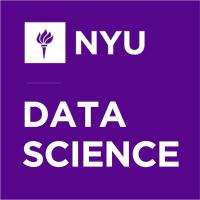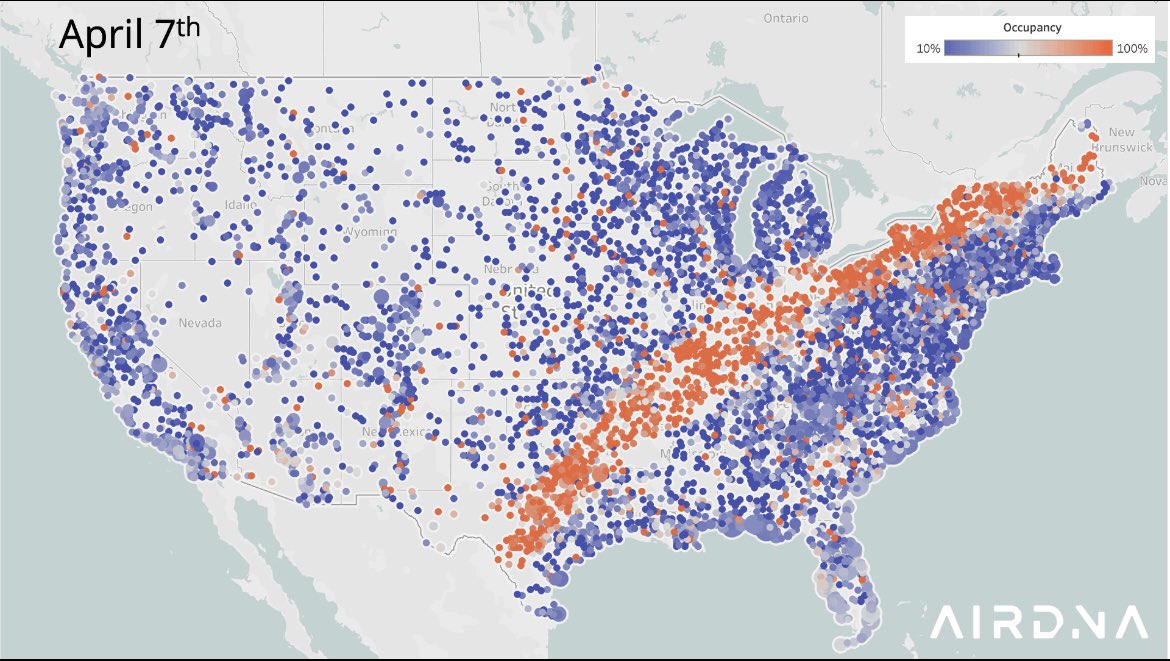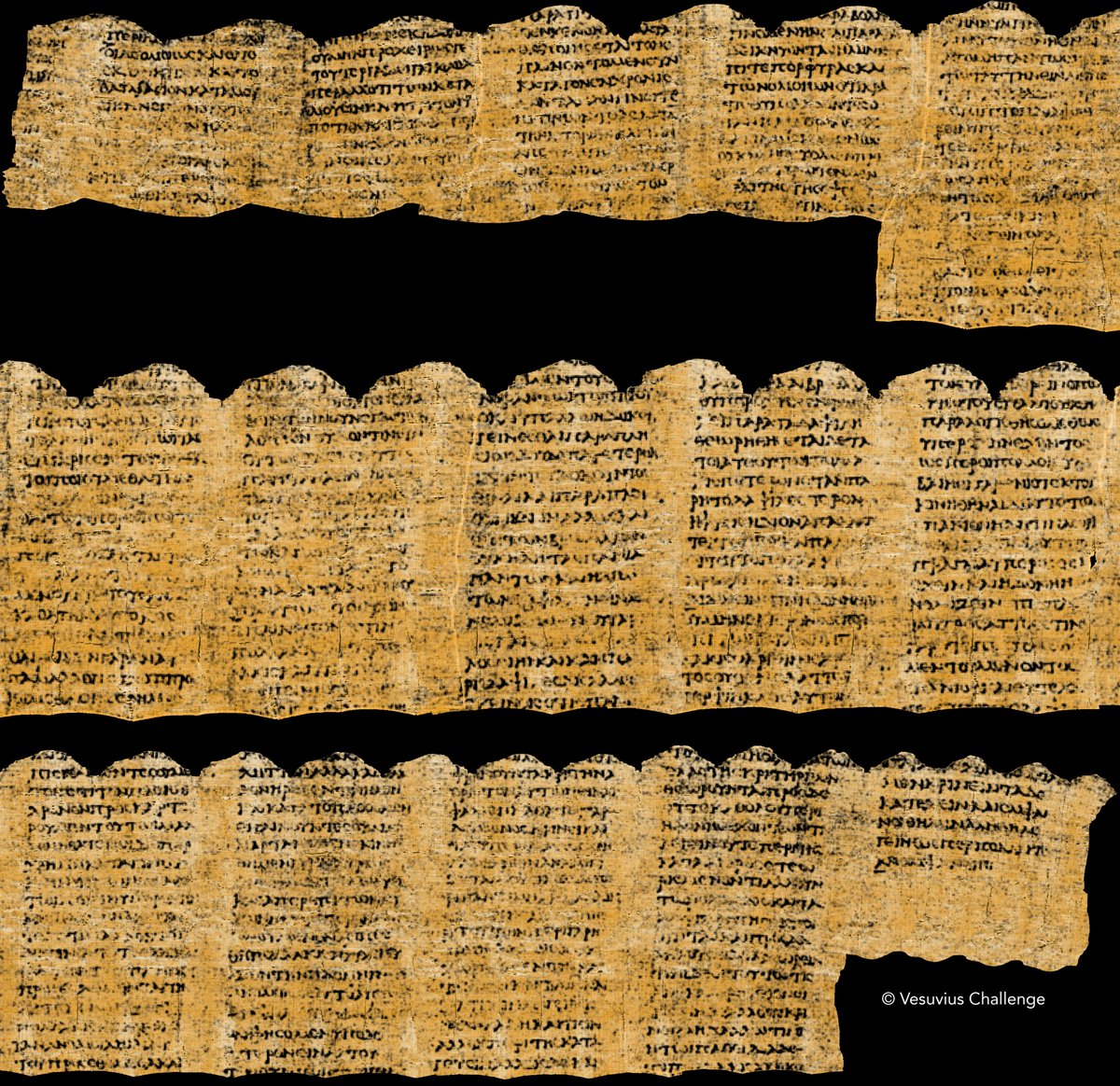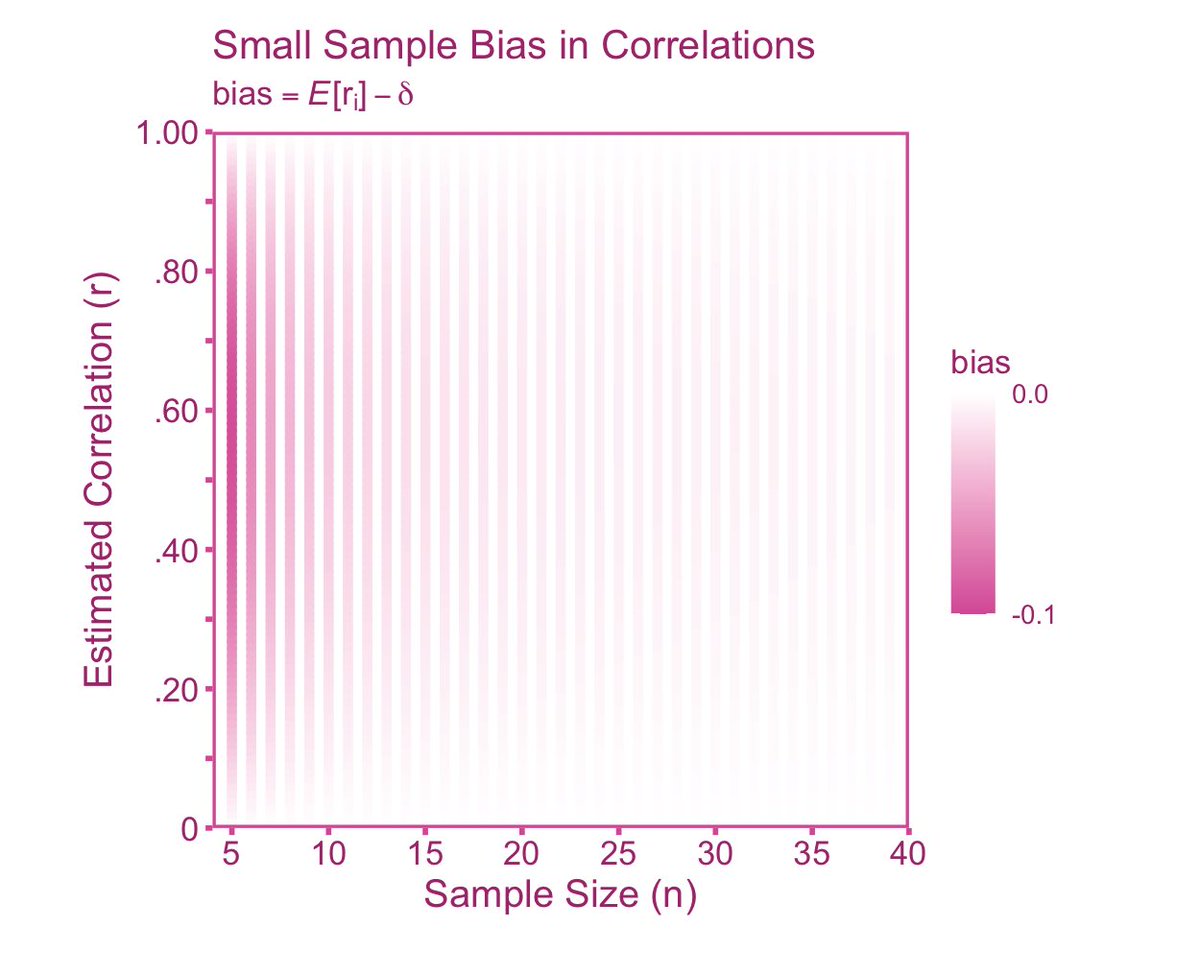
Pascal Wallisch
@Pascallisch
Professor, (data) scientist, author, educator. Living the life of the mind, data and Arete. That said, how you perceive me is largely up to you/r brain.
ID:206071884
http://pensees.pascallisch.net 22-10-2010 06:27:13
3,8K Tweets
14,7K Followers
4,1K Following
















CDS MS students Tayyibah Khanam & Harsh Asrani's study, presented at the Society for Neuroscience, analyzed real-time music perception and identified 4 unique types of music listeners:
1. Drifters
2. Jumpers
3. Gymnasts
4. Sitters.
Dive in:
nyudatascience.medium.com/pioneering-the…

Missed the CDS Homecoming event last month? Well, you're in luck! We just published the recordings of the event's #research Lightning Talks, which included lectures from Pascal Wallisch on the ' #datascience of Music', Falaah Arif Khan on #responsibleAI + more! youtube.com/playlist?list=…






